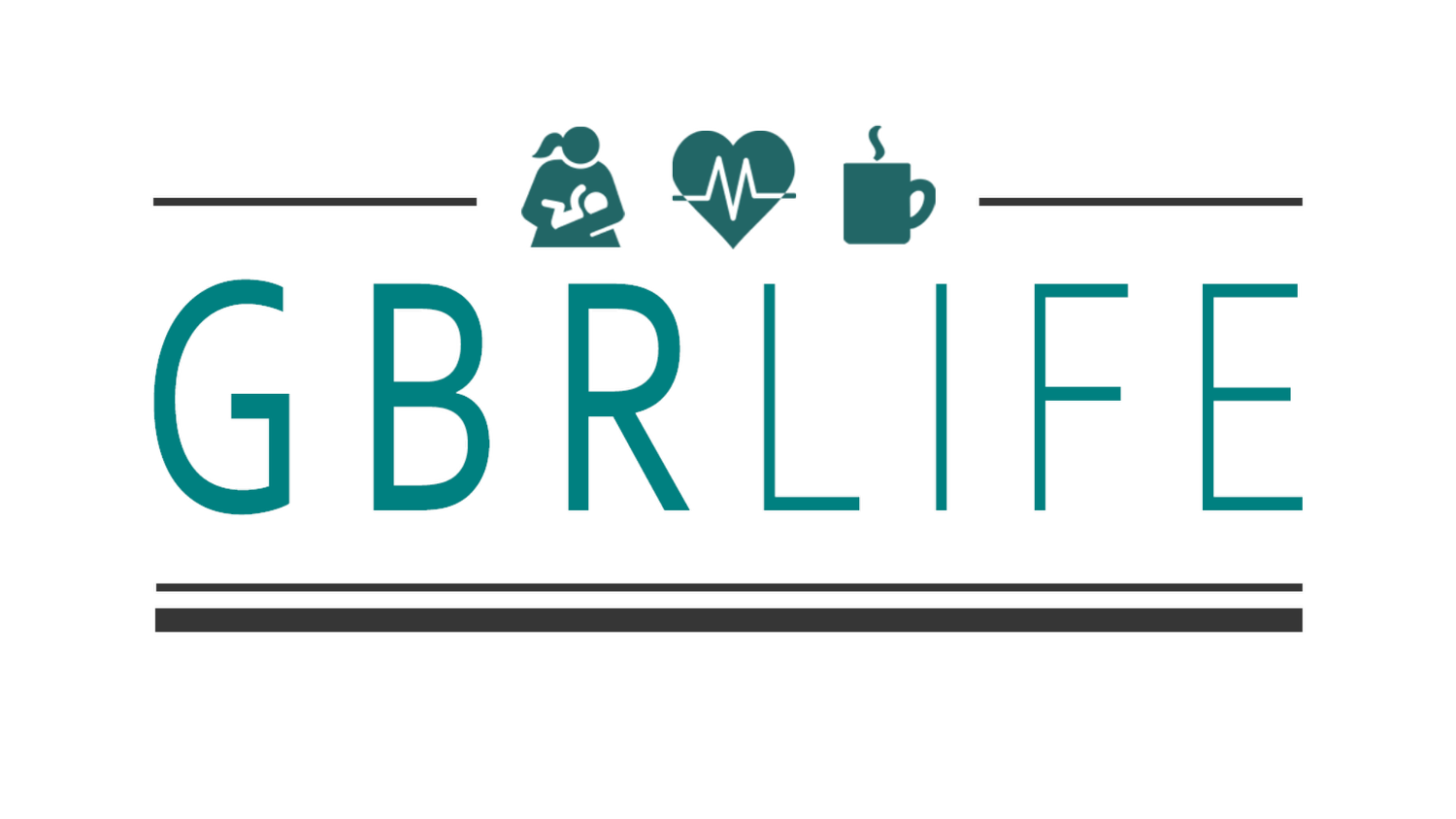The Myth of Office Productivity: Why Remote Work is and Should be the Future
As we navigate the complexities of work in 2024, it's time to challenge the persistent myth that offices are the epitome of productivity. Despite the push from some large corporations for a return to traditional work environments, mounting evidence suggests that remote work not only matches but often surpasses office-based productivity.
A comprehensive study by Stanford University found that remote workers were 13% more productive than their office-based counterparts.
Image Credit: @garand
This productivity boost was attributed to fewer distractions, more convenient work environments, and eliminated commute times. Furthermore, the study revealed a 50% decrease in employee attrition rates among remote workers, indicating higher job satisfaction and loyalty.
The office environment, once hailed as a hub of collaboration and efficiency, is increasingly recognized as a source of distraction and stress. According to a survey by Udemy, 70% of workers report feeling distracted in the office, with 54% pointing to chatty coworkers as the primary culprit. Open-plan offices, designed to foster collaboration, have instead led to a 32% decrease in overall well-being and a 15% reduction in productivity, as reported by the Journal of Environmental Psychology.
Contrary to concerns about home distractions, remote workers report higher levels of concentration. A study by Airtasker found that remote employees worked an average of 1.4 more days per month than their office-based counterparts, resulting in 16.8 more work days per year. This increased productivity persists even in households with children or pets, challenging the notion that home environments are inherently more distracting.
The technological landscape of 2024 has rendered the necessity of physical office presence largely obsolete. With advanced video conferencing platforms, cloud-based collaboration tools, and AI-powered productivity assistants, remote teams can seamlessly replicate and often enhance the collaborative aspects of office work. A report by Global Workplace Analytics predicts that by 2025, 70% of the workforce will work remotely at least five days a month, highlighting the growing acceptance and effectiveness of remote work arrangements.
The financial implications of remote work are equally compelling. Companies can save an average of $11,000 per half-time telecommuter per year, according to Global Workplace Analytics. These savings stem from reduced overhead costs, increased productivity, and lower turnover rates. Moreover, employees can save between $2,500 and $4,000 annually on transportation, food, and clothing expenses related to office work.
The environmental impact of remote work cannot be overstated. A study by the Carbon Trust found that if UK workers conducted just one meeting per week via video conference instead of traveling to the office, it could save 3 million tonnes of CO2 annually. This reduction in carbon emissions aligns with global efforts to combat climate change and presents a significant opportunity for companies to reduce their environmental footprint.
Despite these compelling statistics, some large corporations continue to mandate office presence, citing concerns about company culture and collaboration. However, this approach appears increasingly misaligned with employee preferences and productivity data. A survey by Buffer revealed that 99% of respondents would like to work remotely, at least some of the time, for the rest of their careers.
This overwhelming preference suggests that companies rigid in their office-centric policies may struggle to attract and retain top talent in the coming years.
While offices can serve a purpose in promoting team communication and company culture, it is becoming clear that a flexible approach yields the best results. Companies that offer a hybrid model, allowing employees to choose when and how often they work from the office, report higher levels of employee satisfaction and productivity. This approach acknowledges the diverse needs of the workforce and the varying requirements of different job roles and tasks.
As we progress through 2024, it's crucial for companies to recognize that productivity and physical presence are not synonymous. The data overwhelmingly supports the efficacy of remote work, even in the face of potential home distractions. By embracing remote work and trusting employees to manage their own work environments, companies can foster a more satisfied, productive, and loyal workforce. The future of work is flexible, technology-enabled, and increasingly remote. Companies that adapt to this reality will be better positioned to thrive in the evolving landscape of global business.


